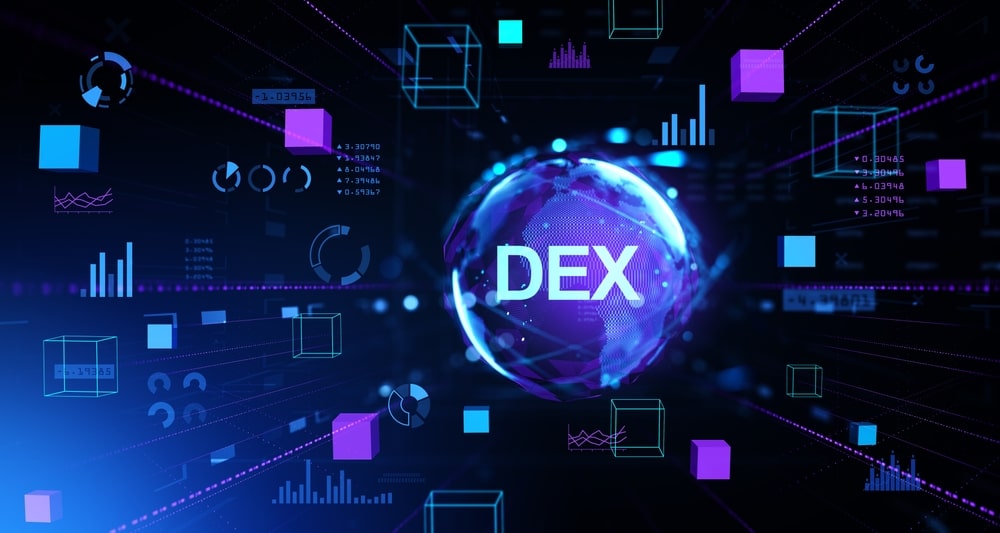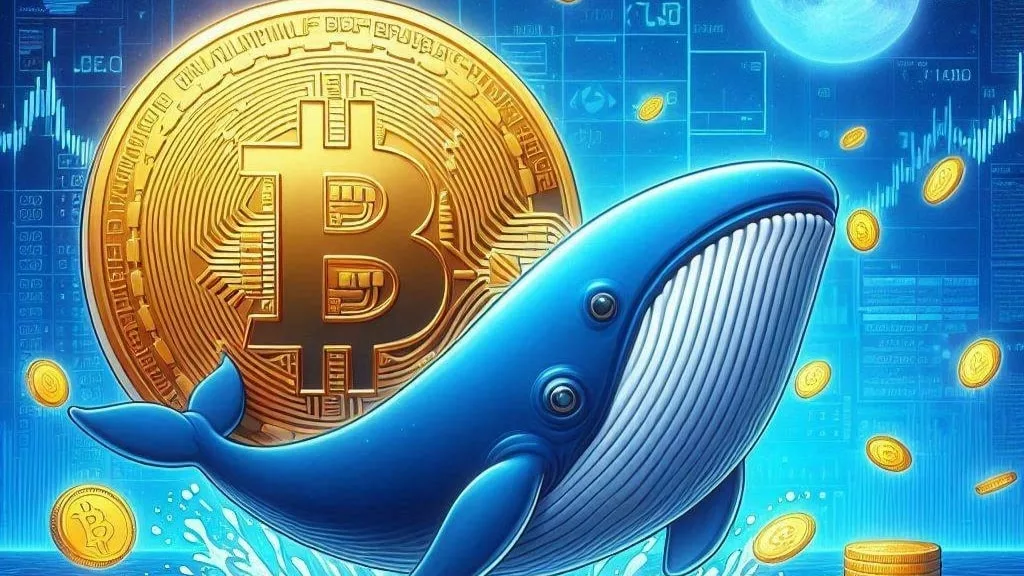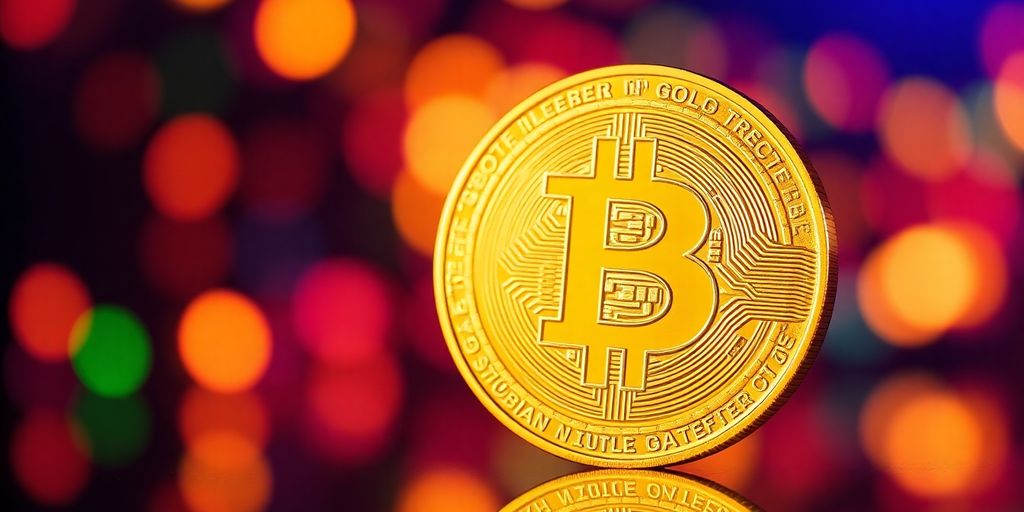A Perpetual Decentralized Exchange (Perpetual DEX) is a decentralized platform that allows users to trade perpetual contracts 1 (also known as perpetual swaps) for cryptocurrencies without relying on a central intermediary.
Here’s a breakdown of what that means:
- Decentralized (DEX): Unlike traditional cryptocurrency exchanges (CEXs) like Binance or Coinbase, Perpetual DEXs operate on blockchain technology, often utilizing smart contracts. This means they are non-custodial (users retain control of their funds), permissionless (anyone can participate with a crypto wallet), and generally more transparent as all transactions are recorded on the blockchain.
- Perpetual Contracts: These are derivative instruments that mimic the price of an underlying asset (like Bitcoin or Ethereum) but do not have an expiration date. This allows traders to hold positions for as long as they want, unlike traditional futures contracts.
- Leverage: Perpetual DEXs often offer leverage, allowing traders to amplify their trading positions with borrowed funds. This can lead to higher potential profits but also significantly increases the risk of losses.
- Margin Trading: To maintain leveraged positions, users need to hold a certain amount of margin (collateral) in their trading account. If the margin falls below a required level, the position may be automatically liquidated.
Perpetual DEXs typically employ different mechanisms to facilitate trading, including:
- Automated Market Makers (AMMs): Similar to spot DEXs like Uniswap, some Perpetual DEXs use AMMs and liquidity pools to determine prices and enable trading.
- Order Books: Some newer Perpetual DEXs are implementing on-chain or off-chain order book models to provide a trading experience closer to that of CEXs.
- Virtual AMMs (vAMMs): This model uses a specific formula to determine prices without relying on actual liquidity pools in the same way as traditional AMMs.
Why Everyone’s Talking About It
Perpetual DEXs have gained significant traction and generated considerable buzz in the cryptocurrency space for several compelling reasons:
- Decentralization and Non-Custodial Nature: In the wake of centralized exchange failures (like FTX), users are increasingly prioritizing platforms where they maintain full control of their funds. Perpetual DEXs offer this security and reduce the risk of losing assets due to hacks or exchange mismanagement.
- Permissionless Access: Anyone with a compatible crypto wallet can access and trade on Perpetual DEXs without needing to go through KYC (Know Your Customer) verification in most cases. This opens up derivative trading to a wider global audience.
- Flexibility and Leverage: The ability to trade with leverage on assets without an expiry date is highly attractive to both experienced and newer traders looking to capitalize on price movements.
- Potential for High Liquidity: While initially a challenge for DEXs, many Perpetual DEXs are finding innovative ways to attract and maintain deep liquidity, sometimes even rivaling that of centralized exchanges for certain pairs.
- Innovation in DeFi: Perpetual DEXs represent a significant evolution in Decentralized Finance (DeFi), bringing sophisticated trading instruments to a decentralized environment. They are continuously innovating with new features, risk management tools, and cross-chain capabilities.
- Growth in Trading Volume and Open Interest: The trading volume and open interest on leading Perpetual DEXs have seen explosive growth, indicating increasing adoption and user confidence.
- Addressing Limitations of Spot DEXs: Perpetual DEXs allow users to speculate on price movements without needing to own the underlying asset, which is a key difference from spot DEXs.
In conclusion, Perpetual DEXs are becoming a cornerstone of the DeFi ecosystem by offering a powerful combination of decentralized security, permissionless access, and sophisticated trading features that were previously primarily available on centralized platforms. As the DeFi space matures and these platforms continue to innovate, their importance and adoption are only expected to grow.




 Bitcoin
Bitcoin  Ethereum
Ethereum  Tether
Tether  XRP
XRP  USDC
USDC  Wrapped SOL
Wrapped SOL  Lido Staked Ether
Lido Staked Ether  TRON
TRON  Dogecoin
Dogecoin